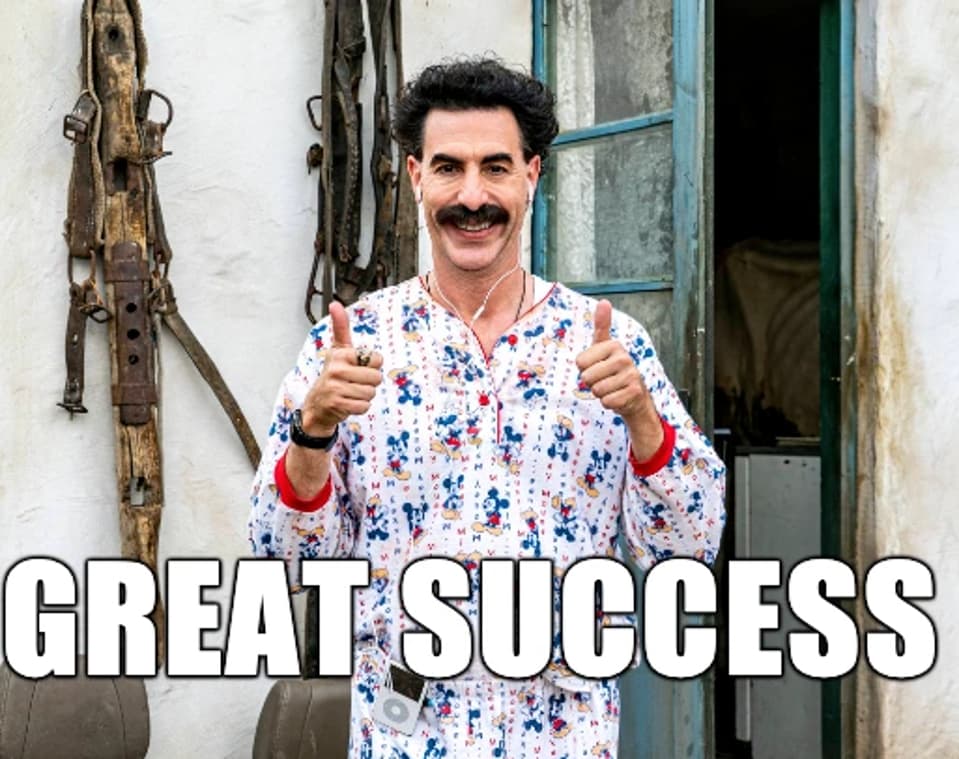The Pittsburgh Press (February 28, 1945)
Marines straighten lines across island
GUAM (UP) – U.S. Marines straightened their lines across Iwo’s central plateau in no-quarter battles today preparatory to a general assault toward the mountainous north coast.
A Tokyo broadcast heard by the Australian Information Department listening post said the Americans “at last are showing signs of victory on Iwo.”
Gains were measured in feet and yards at high cost. A front dispatch said the Marines were coming up against such heavy defenses as two-story cement blockhouses sunk so deep that they protrude only a couple of feet above the ground.
“There are no apparent exits to these mammoth vaults,” United Press writer Lisle Shoemaker reported from Iwo. “There may be underground tunnels, but it would not be surprising if the Japs had sealed themselves in for a death stand.”
The 3rd Marine Division alone has counted 800 pillboxes of all sizes and shapes in its zone of operations at the center of the American line. Mr. Shoemaker said Iwo was the most heavily defended spot “per square inch” ever assaulted in warfare,
“Even the most optimistic won’t surmise that this assault may be concluded in under 10 days,” Mr. Shoemaker said.
Make ‘limited gains’
Adm. Chester W. Nimitz announced in a communique that the Marines made “limited gains” in an attack yesterday after repulsing several small-scale enemy attempts to infiltrate the American lines the previous night.
Marine artillery, naval guns and carrier aircraft supported the attack. Best gains, though still measured only in yards, were made by 3rd Division veterans of Guam and Saipan on the central plateau and by the 4th Division on the east flank.
The 5th Division on the west flank made little progress.
Unloading speeded
Enemy artillery and mortar fire continued heavy throughout yesterday, some falling on rear areas and on the beaches. The newly-captured central plateau airfield was under particularly severe fire.
Beach conditions further improved, speeding the unloading of supplies.
Army Liberators bombed enemy positions on Iwo yesterday. The four-engined bombers went at 3,500 feet and even lower for pinpoint destruction on enemy installations with 6,500-pound bombs.
Airfield technically ours, but foe on cliff makes life hell on ‘Hollywood battlefield’
By Lisle Shoemaker, United Press staff writer
ON THE EDGE OF MOTOYAMA AIRFIELD NO. 2, Iwo (Feb. 27, delayed) – The Jap mortars and artillery guns are looking right down our throats.
They are up on a cliff beyond the field, with perfect observation and firing positions. And they are making life a hell on this field.
There is no cover for the Marines – just shell holes and American-dug foxholes – from the steady blast of mortar and flat trajectory shells which scream onto this edge.
Technically ours
Technically, the airfield is ours. We have troops on the far side to the north, but it lies directly under the Jap high ground.
The 3rd Division Marines raced through a hail of mortar and artillery to reach the north side several days ago. But they have been unable to get any farther since because of the Jap guns on the cliff.
The field was one from which the Japs staged their medium bomber raids on B-29 bases in the Marianas. Now it was a desolate no-man’s-land, almost beyond imagination. It looks like a Hollywood battlefield.
We climbed up the slope to the southern edge this morning, but a young captain asked us not to go any farther.
Warning unnecessary
“It’s too hot now,” he said.
Mortar and big artillery shells crashed into the field and the warning wasn’t necessary.
Marines were carrying back their dead buddies, tiptoeing through minefields and winding through the shambles of wrecked equipment – ours and the enemy’s.
The 3rd Marines are veteran fighters, but all agree they never saw anything like this fierce and bloody struggle.
Delegation calls at San Francisco paper
SAN FRANCISCO – The 12th Naval District reported today that the shore patrol was called last night to the San Francisco Examiner, a Hearst newspaper, to disperse 75 to 100 Marines who had gathered in protest against a front-page editorial yesterday.
The editorial, which was printed in the various Hearst papers, claimed that the high casualties on Iwo Jima were due to poor leadership and that Gen. Douglas MacArthur should have commanded the assault.
The shore patrol found the Marines were “peaceable,” the naval district reported. They had appointed two representatives to discuss the editorial with the editor. The Marines dispersed and left “quietly,” the district reported.
The editorial was headed “MacArthur Is Our Best Strategist.” It said in part that “American casualties (on Iwo) apparently run more than 10 percent of the original invading force… There is awesome evidence… that American forces are paying heavily for the island, perhaps too heavily.”
“Fortunately,” the editorial said, “it is not the sort of thing that occurs everywhere in the Pacific.” In MacArthur’s operations, it added, “there has been neither decimation nor exhaustion of American forces.”
The San Francisco Chronicle attacked the editorial Wednesday without mentioning the Examiner.
